Notice to Users
Owner’s Record
Safety Information
FCC Part 68
Telephone Consumer Protection Act of 1991 (United States)
Telephone Consumer Guidelines (Canada)
DISPOSAL OF LITHIUM ION BATTERY
INDUSTRY CANADA NOTICE
AVIS DE L’INDUSTRIE CANADA
Contents
Welcome
Features
Unpacking Your Notebook Computer
Manuals
Recovery CDs
Software CDs
Other
Locating Controls and Connectors
Front
Left
Right
Back
Bottom
Connecting a Power Source
Using the AC Adapter
Using Battery Power
To insert the battery pack
To charge the battery pack
To remove the battery pack
Starting Your Computer
Shutting Down Your Computer
Configuring Windows® 98 Second Edition
Registering Your Computer
Using the Keyboard
Combinations and Functions with the Windows 98 Key
Indicators
Combinations and Functions with the Fn Key
Using the Touchpad
Using the Floppy Disk Drive
To insert a diskette
To remove a diskette
To remove the floppy disk drive
To reinsert the floppy disk drive
Using the DVD-ROM/CD-ROM Drive
To insert a disc
To play DVD-ROMs
Using PC Cards
To insert a PC card
To remove a PC card
Using Smart Connect
Using Infrared Communication Devices
To use infrared communication with another computer
Using Power Saving Modes
Normal Mode
System Idle Mode
To activate System Idle mode
To return to normal mode
System Suspend Mode
To activate System Suspend mode
To return to normal mode
System Hibernation Mode
To activate System Hibernation mode
To return to normal mode
Using a Second Battery Pack
To insert a second battery pack
To charge the second battery pack
To remove the second battery pack
Using the Weight Saver
To attach the weight saver
To remove the Weight Saver
Connecting Peripheral Devices
Connecting a Phone Line
Connecting the Port Replicator
To attach your computer to the port replicator
To remove your computer from the port replicator when the power is off
Connecting a Printer
To connect a printer
Connecting an External Display
To connect a computer display
To connect a multimedia computer display
To connect a projector
To select a display
Connecting an External Mouse or Keyboard
Connecting External Speakers
To connect external speakers
Connecting an External Microphone
To connect an external microphone
Connecting a Digital Still Camera or Other Serial Device
To connect a digital still camera
Connecting a Digital Video Camera Recorder
To connect a digital video camera recorder
Connecting a Universal Serial Bus (USB) Device
To connect a USB device
Troubleshooting
My computer does not start
When I turn on my computer, the message “Operating system not found” appears and Windows does not...
My LCD does not display anything
The screen image on my external display is not centered or sized properly
My computer “locks up”
My software program “locks up” or crashes
My DVD-ROM drive tray does not open
I cannot play a CD-ROM
I cannot play a DVD-ROM
When I click an application icon a message appears, such as “You must insert the application CD i...
My floppy disk drive cannot write to a diskette
My speakers have no sound
My modem does not work
My microphone does not work
My mouse does not work
My touchpad does not work
I cannot use DV devices. The message “DV equipment seems to be disconnected or turned off” appears.
My touchpad interprets a single tap as a double-click
My computer does not shut down
My PC card is not working
The sound of my computer’s fan is too loud
I cannot print
Power Management
Replacing the Internal Backup Battery
To replace the backup battery
To set date and time
Changing the Window design of Sony Software
Using the System and Application Recovery CDs
Using the System Recovery CD(s)
To use the System Recovery CD(s)
If your computer does not start from the Recovery CD
Using the Application Recovery CD(s)
To use the Application Recovery CD(s)
About the Software on Your Computer
About Your Recovery CDs
For Answers to Your Software Questions
Acrobat® Reader, Adobe PhotoDeluxe® Business Edition (Adobe Systems Incorporated)
America Online® (America Online)
AT&T WorldNet® Service (AT&T)
CompuServe® 2000 (CompuServe, Inc.)
EarthLink Network® (EarthLink Network, Inc.)
McAfee VirusScan® (Network Associates, Inc.)
Netscape Communicator™ (Netscape Communications Corporation)
Prodigy Internet™ (Prodigy Communications Corporation)
Quicken® Basic (Intuit Inc.)
Windows 98 Operating System, Word, Works, Money, Internet Explorer, Outlook 98 (Microsoft Corpora...
Sony Service Center
Adding Memory
Typical expansion memory configuration
To install a memory module
To remove a memory module
Specifications
Index
A
B
C
D
E
F
H
I
K
L
M
N
O
P
R
S
T
U
V
W
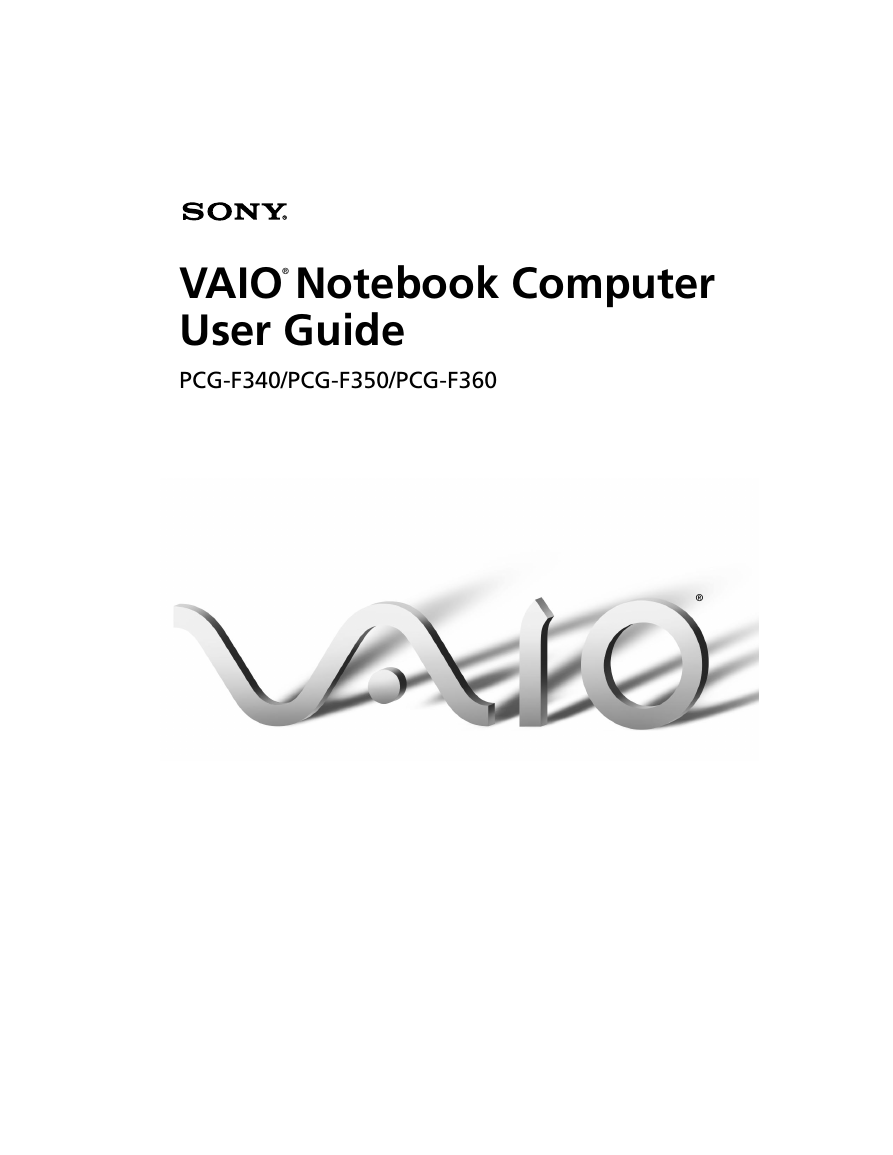
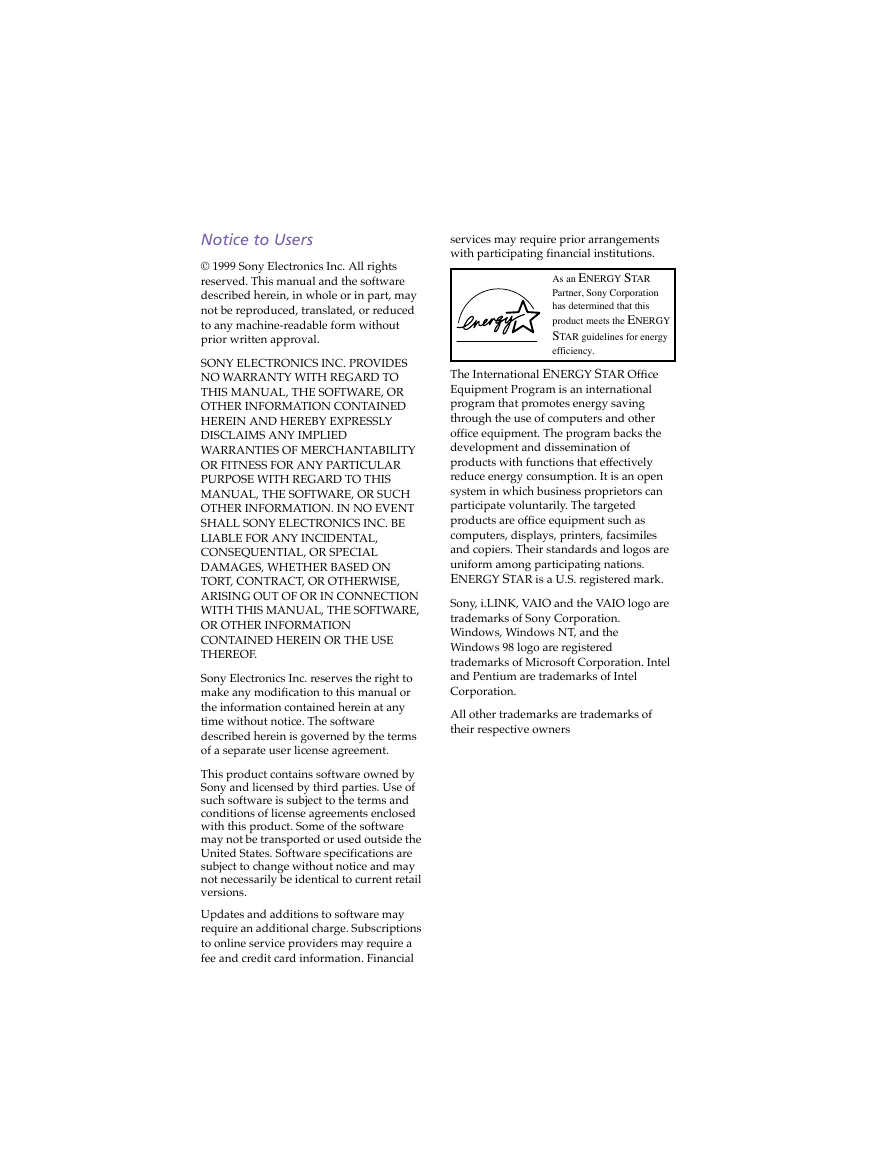
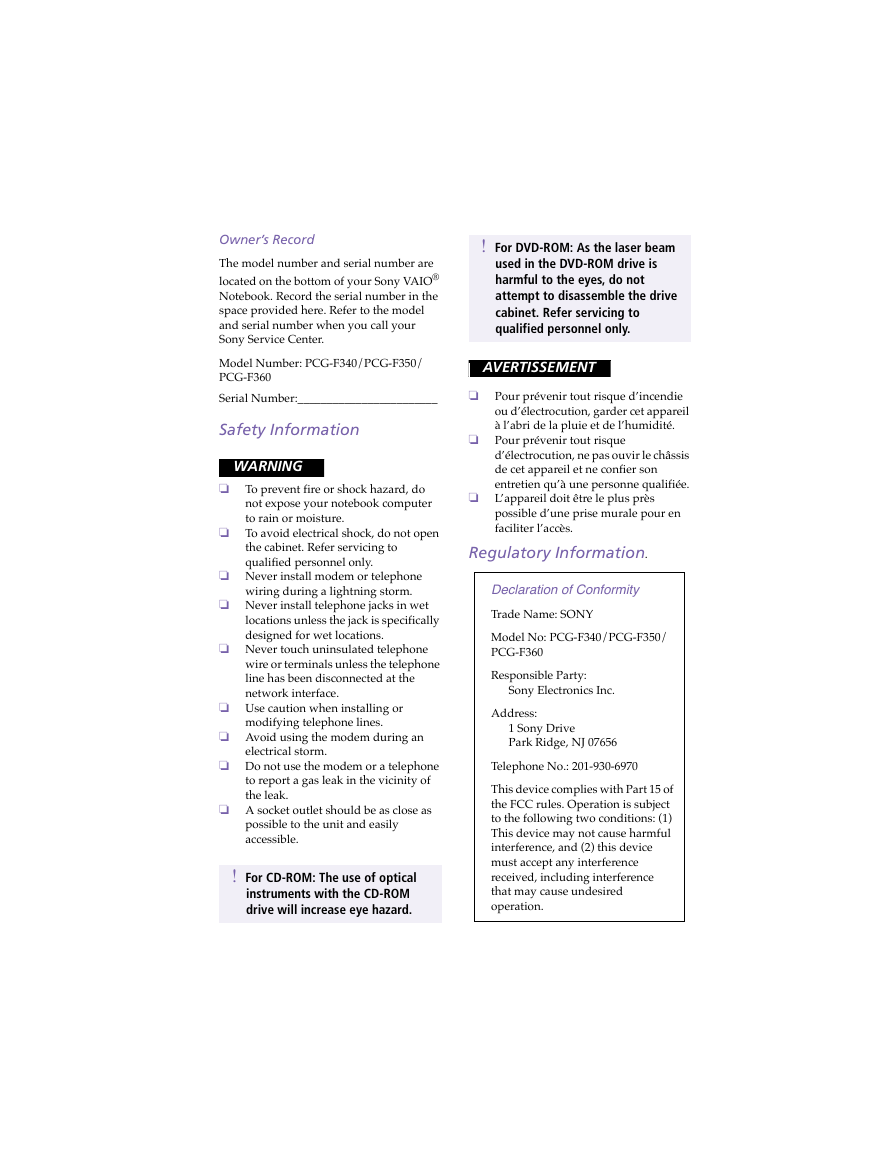
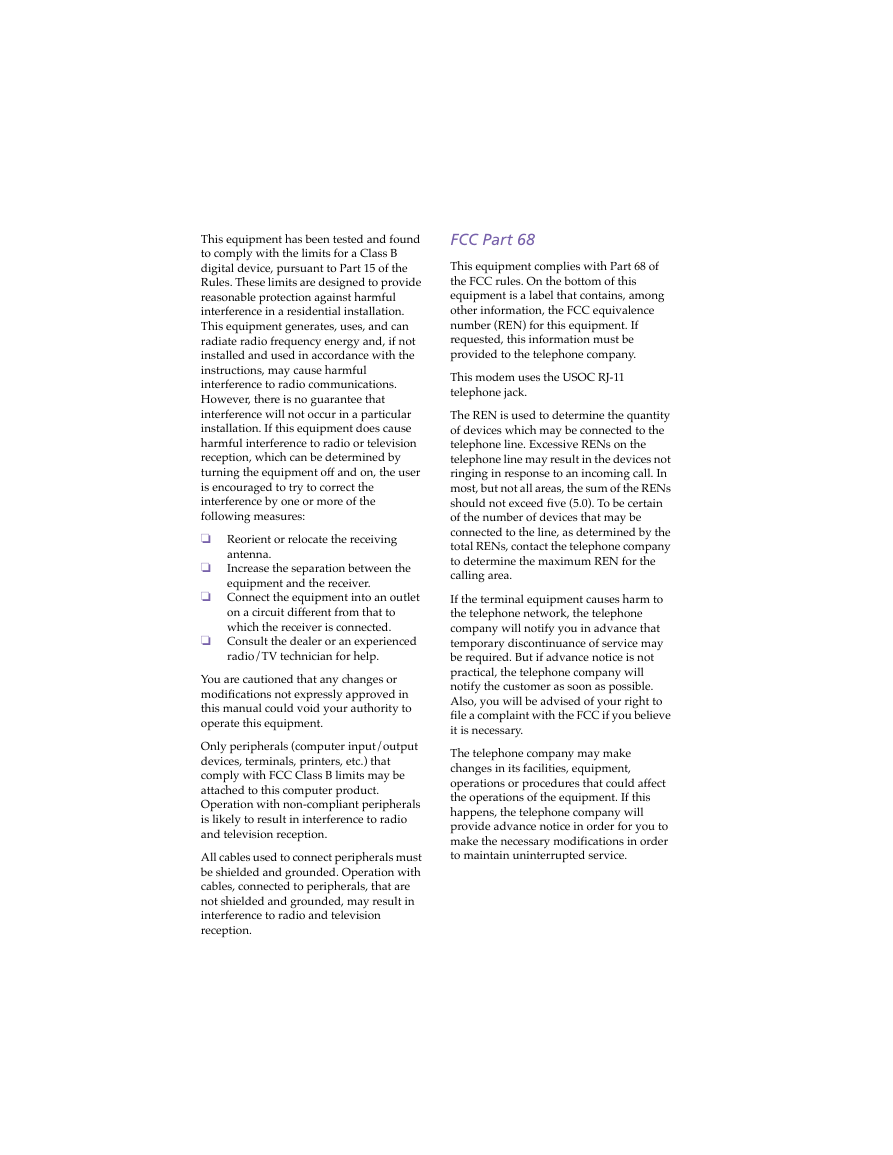
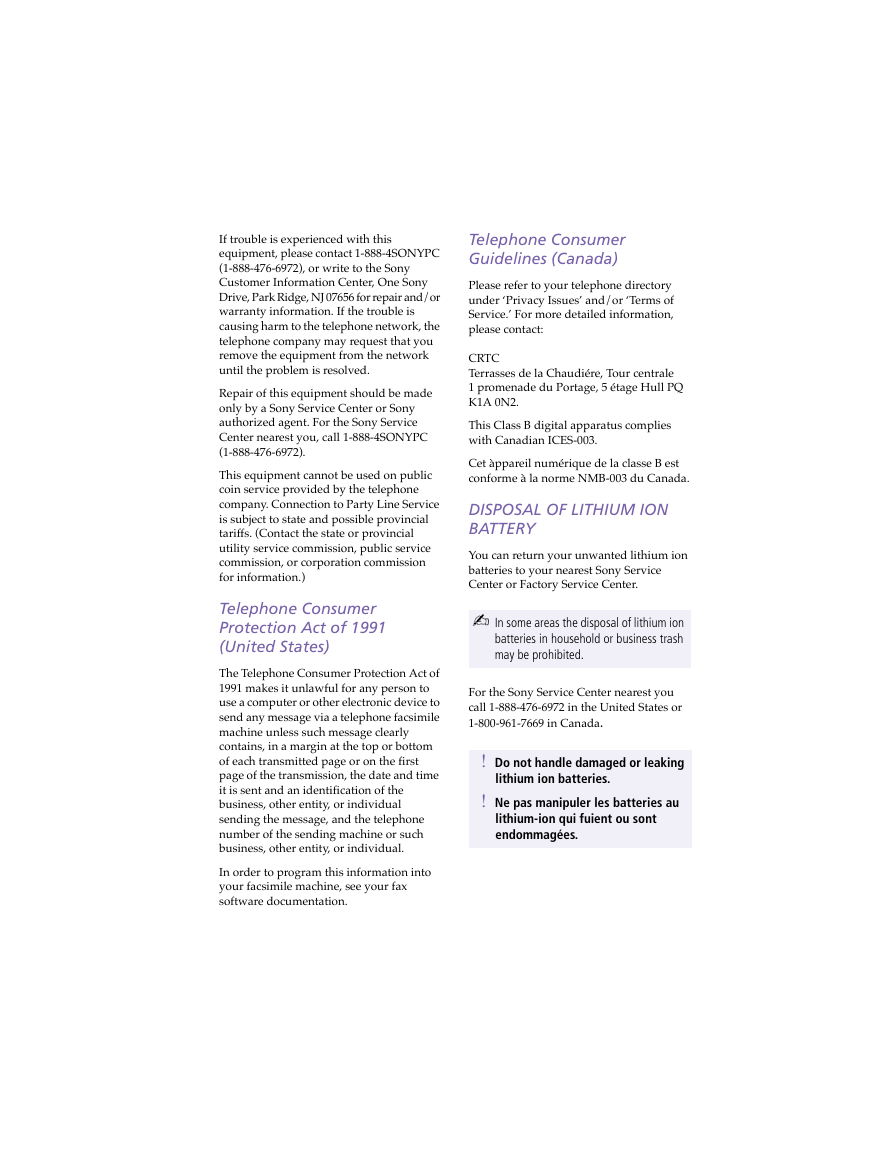
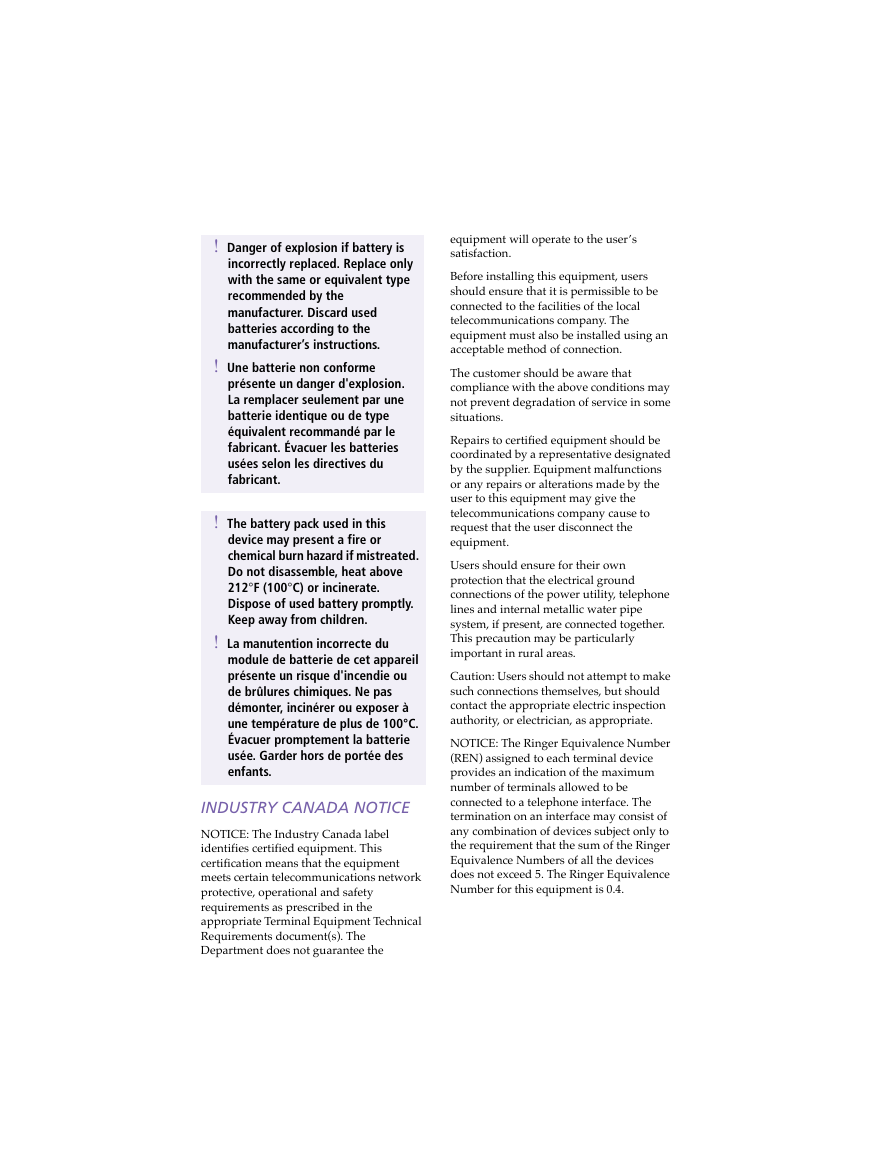
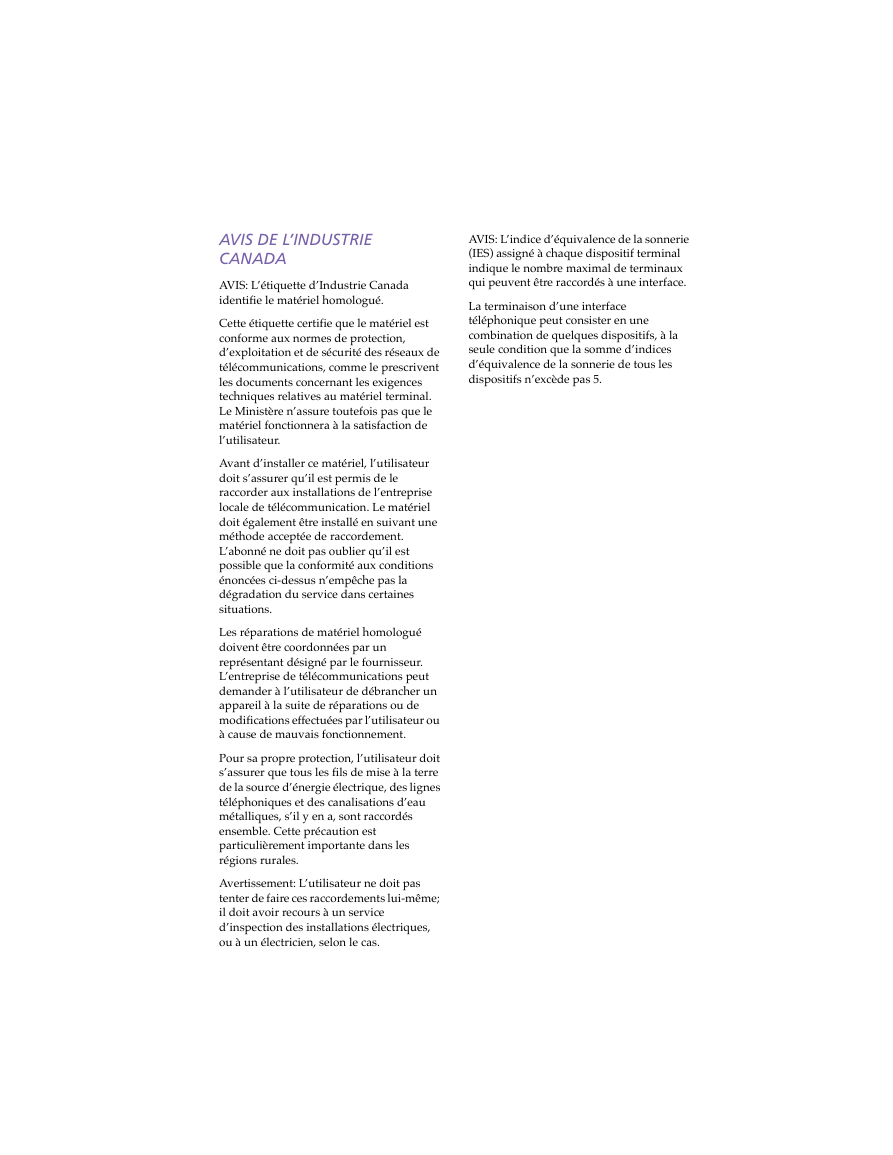









 2023年江西萍乡中考道德与法治真题及答案.doc
2023年江西萍乡中考道德与法治真题及答案.doc 2012年重庆南川中考生物真题及答案.doc
2012年重庆南川中考生物真题及答案.doc 2013年江西师范大学地理学综合及文艺理论基础考研真题.doc
2013年江西师范大学地理学综合及文艺理论基础考研真题.doc 2020年四川甘孜小升初语文真题及答案I卷.doc
2020年四川甘孜小升初语文真题及答案I卷.doc 2020年注册岩土工程师专业基础考试真题及答案.doc
2020年注册岩土工程师专业基础考试真题及答案.doc 2023-2024学年福建省厦门市九年级上学期数学月考试题及答案.doc
2023-2024学年福建省厦门市九年级上学期数学月考试题及答案.doc 2021-2022学年辽宁省沈阳市大东区九年级上学期语文期末试题及答案.doc
2021-2022学年辽宁省沈阳市大东区九年级上学期语文期末试题及答案.doc 2022-2023学年北京东城区初三第一学期物理期末试卷及答案.doc
2022-2023学年北京东城区初三第一学期物理期末试卷及答案.doc 2018上半年江西教师资格初中地理学科知识与教学能力真题及答案.doc
2018上半年江西教师资格初中地理学科知识与教学能力真题及答案.doc 2012年河北国家公务员申论考试真题及答案-省级.doc
2012年河北国家公务员申论考试真题及答案-省级.doc 2020-2021学年江苏省扬州市江都区邵樊片九年级上学期数学第一次质量检测试题及答案.doc
2020-2021学年江苏省扬州市江都区邵樊片九年级上学期数学第一次质量检测试题及答案.doc 2022下半年黑龙江教师资格证中学综合素质真题及答案.doc
2022下半年黑龙江教师资格证中学综合素质真题及答案.doc